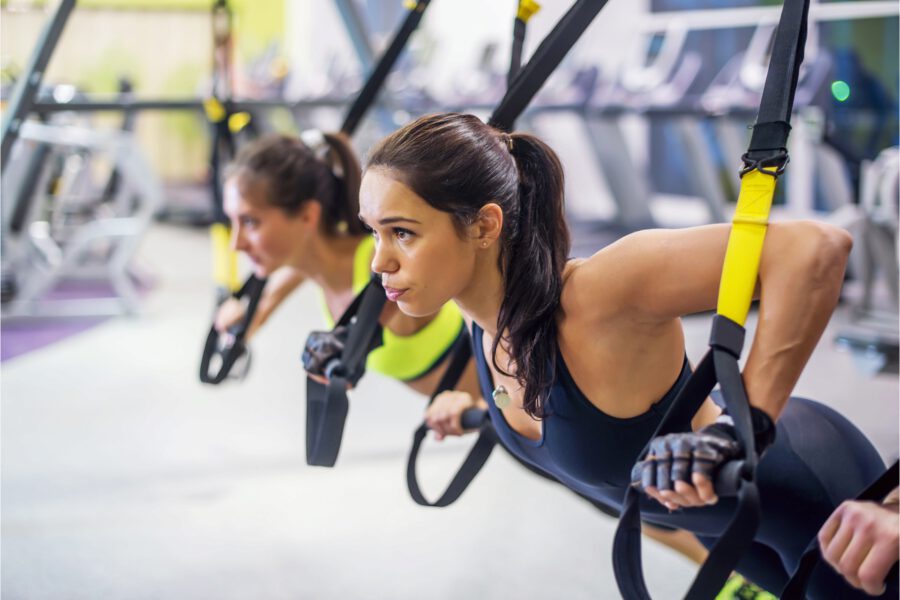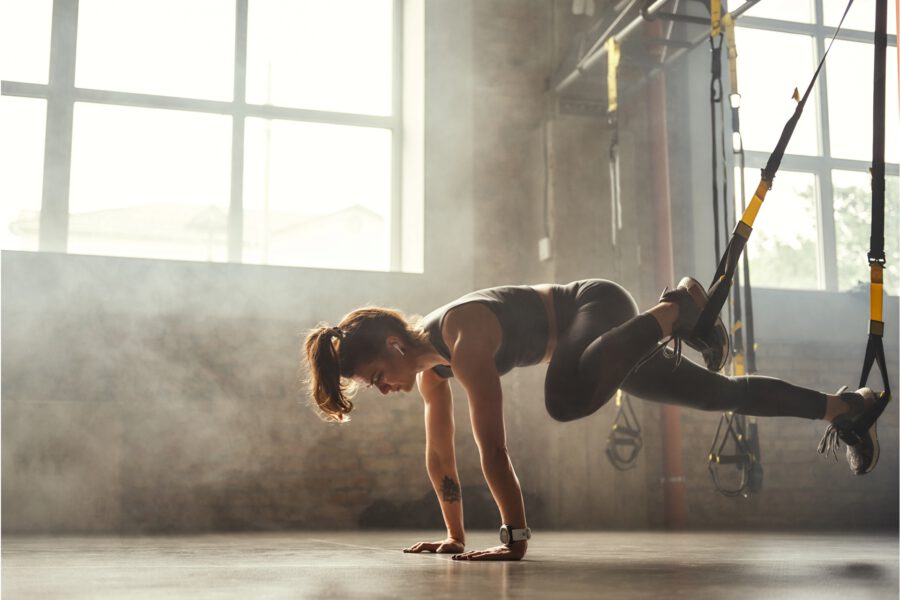6 Reasons to Do Suspension Training Workouts This Year
Suspension training has made a huge impact on the fitness scene over the last decade. After entering the market in 2005 thanks to a former Navy Seal turned fitness entrepreneur named Randy Hettrick, suspension training zones have become a common feature in most gyms.
Suspension training has also infiltrated the home fitness market. As people discover the potential that suspension training has to engage their core, work their muscles in a whole new way, and allow them to get into an awesome functional workout without bulky equipment, the demand for these devices has skyrocketed.
You don’t become the most talked about exercise innovation of the age without good reason. Suspension training has got a lot going for it. It combines stability, strength, and balance, giving you the option to design exercises that are genuinely multi-functional.
Here are six reasons to aff suspension training to your workout schedule.
When you work on a suspension trainer, you are improving the ability of your body to work as a dynamic machine, which is how it was designed. The majority of exercises you perform at the gym isolate particular muscles. You are not constrained in that way by suspension training.
You will work a variety of different muscle groups at the same time that you are concentrating on the target muscle. All of this results in workouts that are more effective, synergistic, and time-efficient.
When you’re working out with a suspension trainer, you will be supporting either one or both of your hands or feet in a handle or a cradle. The anchor at the other end of the unit is attached to a point of anchor. This puts greater demands on your body to have control over it throughout a range of planes of motion. At the same time, you are adding resistance.
While handling that resistance, you are required to recruit more muscles in order to maintain your stability. If you have exercised with gymnastic rings, you will be forced to do the same thing. The difference with suspension training is that you have just one point of anchor, which improves the stability of your joints and enhances your body awareness. It also makes the core work harder, so that it gets a greater workout through every move that you perform. [1]
Whether you’re a beginner or a veteran, you’ll be able to get a challenging workout on a suspension training device. You can adjust the intensity of the exercise by moving the position of your body. The more upright you are, the easier it is. To make it harder, get more horizontal.
When you work out on a suspension trainer, you’ll be hitting both your muscles and your cardio system. The functional nature of the movements requires more oxygen. This, in turn, makes your heart work harder to pump more oxygen and nutrient-containing blood to your muscles. That makes your training more time efficient and more productive.
Here’s a suspension workout you should try:
Working out on a suspension trainer is a very low-impact way to exercise. This makes it ideal for the elderly, people who suffer from arthritis, and anyone who is recovering from a joint-related injury.
When you use a suspension trainer, your body is put in a constant state of imbalance. To overcome this, the muscles of your core will be working overtime to keep you stable. That turns every exercise you do into a core exercise. [2]
With the suspension trainer, you are able to train a single limb by itself safely and easily. This is great when you have a muscular imbalance or are recovering from an injury to a limb.
Suspension trainers all appear to be quite similar at first glance. They consist of a number of straps, a few buckles, and a couple of handles. However, there is more to choosing a high-quality suspension training tool than you might think.
Here are five pointers to help you get the suspension trainer to meet your needs …
The mobility of a suspension trainer is one of its main advantages. A unit that weighs little more than a few pounds overall is what you need. It should be compact enough to fit into the corner of your travel bag and come with its own carry case.
Your body is supported by the suspension trainer's straps. You must have complete faith in their ability to complete the task, workout after workout. Look for straps that are made from high-quality webbing. Carbon fiber is the preferred strap buckle material.
Your trainer's handles should be non-slip, comfy, and ergonomically constructed to allow for natural movement around the wrist and forearm.
Your unit will either have a doorway or a ceiling / fixed wall mounting anchor depending on whether you have a residential or commercial grade trainer. Verify that the system can support at least 350 pounds. If you are using the trainer at home, you will also want to ensure that it won’t leave any marks on your door surrounds.
With a new style of training like suspension, it’s important that there’s a good deal of support around the product. You should expect the suspension trainer to come with an instruction manual that steps you through the setup and provides you with some sample workouts.
Suspension training represents a versatile, functional variation of body weight training. It promotes stability, balance, and coordination while also providing the progression ability that you normally don’t get with body weight training. The portability and relative low cost are also big ticks in favor of suspension training.
If you haven’t tried suspension training, why not give it a try? Stay tuned for sample suspension training workouts to get you started.

